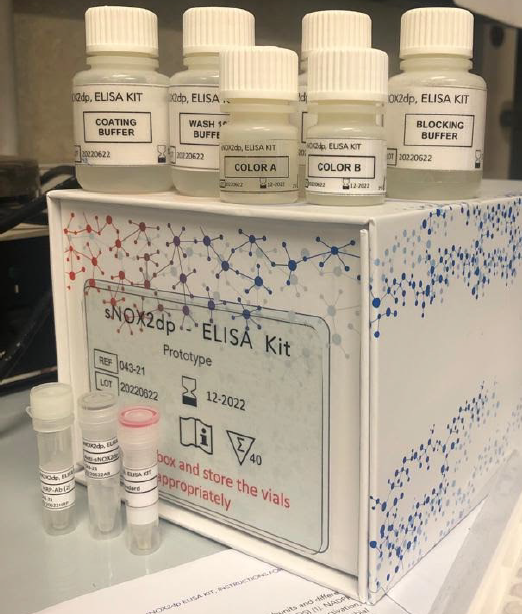
Cardiovascular diseases (CVDs) are one of the major health issues in Western countries. Cardiovascular risk factors such as diabetes, hypertension and smoking habits contribute to the onset of CVDs and are all associated with an increased oxidative stress. We analyse oxidative stress levels by a method patent by us. This method relies on the identification of a soluble peptide of the NOX (sNOX2-dp), enzyme principally involved in the production of reactive oxygen species. Assessing NOX2 levels in patients with one or more cardiovascular risk factors could help the clinician to stratify the risk of cardiovascular complications.














